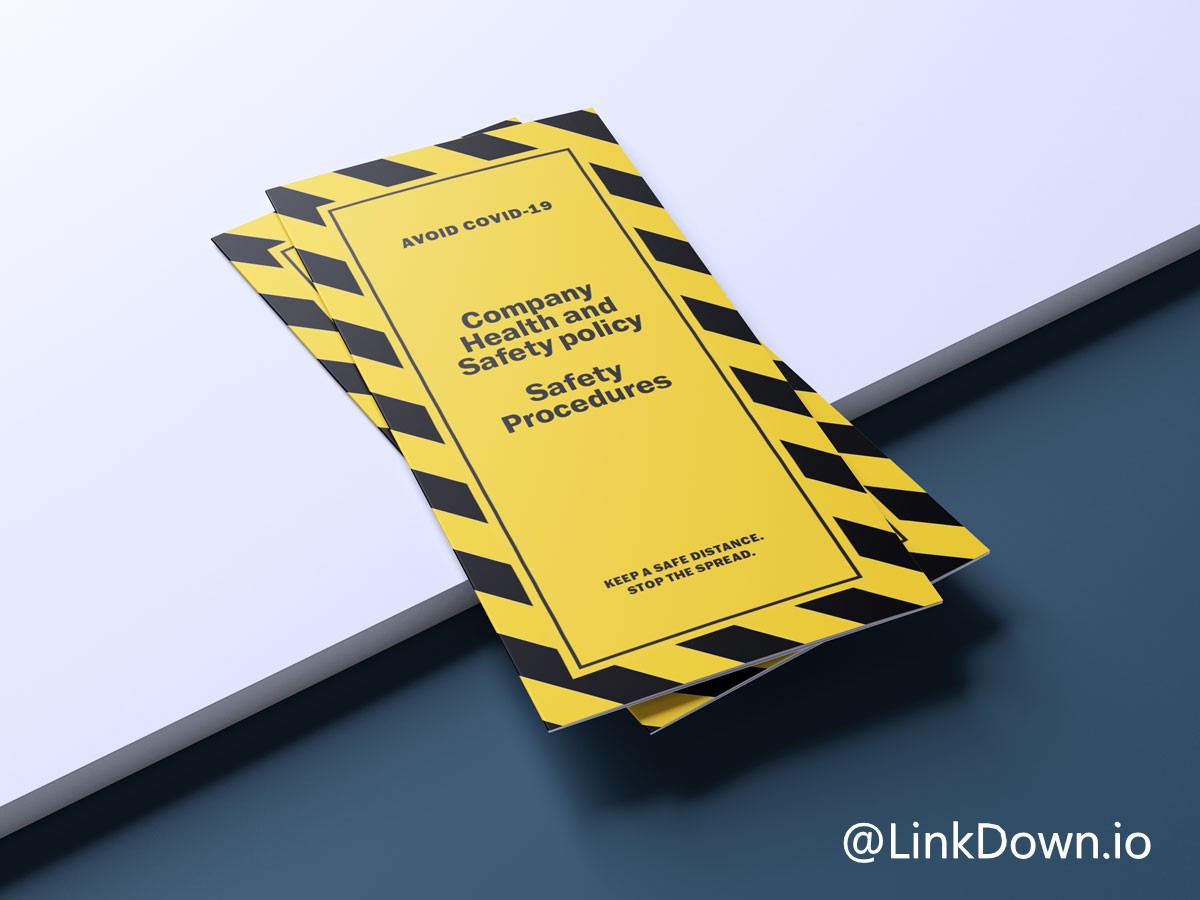Introduction
Safety is paramount in today’s fast-paced and ever-evolving world. Whether in the workplace, on the road, or in our homes, individuals and organizations alike recognize the importance of safety. This heightened awareness has given rise to a growing demand for professionals dedicated to creating, implementing, and managing safety policies. In this article, we’ll delve into the world of safety policy jobs, exploring the roles, responsibilities, and qualifications required in this rewarding field.
A safety policy is a fundamental document that outlines an organization’s commitment to maintaining a safe and secure environment for its employees, customers, and stakeholders. It serves as a guiding principle for safety-related decisions and actions within the organization. A safety policy typically includes key elements such as:
Statement of Commitment: This section expresses the organization’s unwavering commitment to safety, emphasizing its importance in all operations.
Responsibilities: The policy defines the roles and responsibilities of individuals and departments in ensuring safety compliance and incident reporting.
Compliance with Regulations: It states the organization’s commitment to adhering to all relevant safety laws, regulations, and standards.
Safety Goals: The policy may outline specific safety objectives and targets the organization aims to achieve.
Training and Education: It emphasizes the importance of providing employees with the necessary training and resources to maintain a safe workplace.
Incident Reporting: The policy typically includes procedures for reporting safety incidents, near misses, and hazards, encouraging a culture of reporting and learning from incidents.
Continuous Improvement: The organization’s dedication to continuous improvement in safety performance is often mentioned, emphasizing the need for ongoing assessment and refinement of safety measures.
Communication: The policy may stress the importance of open and effective communication regarding safety issues throughout the organization.
Accountability: It highlights that individuals at all levels of the organization are held accountable for their safety-related actions and decisions.
The Importance of Safety Policies
Safety policies serve as the foundation for safeguarding individuals, property, and the environment. They outline guidelines, procedures, and protocols designed to prevent accidents, mitigate risks, and ensure compliance with regulatory standards. Safety policies are not limited to any one industry; they are vital in construction, manufacturing, healthcare, transportation, and more. The overarching goal is to create a culture of safety, protecting both employees and the public.
Roles and Responsibilities
Safety policy jobs encompass a wide range of roles, each with distinct responsibilities. Here are some common positions within this field:
Safety Officer/Coordinator: Safety officers are responsible for implementing and overseeing safety programs. They conduct risk assessments, create safety protocols, and monitor compliance. They often serve as a liaison between management and employees to ensure a safe work environment.
Environmental Health and Safety (EHS) Specialist: EHS specialists focus on minimizing environmental and workplace hazards. They design and implement safety plans, conduct inspections, and investigate accidents to prevent future occurrences.
Compliance Manager: Compliance managers ensure that organizations adhere to safety regulations, codes, and standards. They monitor changes in laws and regulations, develop compliance strategies, and train staff on compliance matters.
Safety Consultant: Safety consultants work independently or for consulting firms, providing expert advice to organizations. They assess safety risks, propose improvements, and help businesses achieve regulatory compliance.
Emergency Response Coordinator: These professionals are responsible for developing and managing emergency response plans. They ensure that organizations are prepared to handle crises such as fires, natural disasters, or chemical spills.
Qualifications and Skills
To excel in safety policy jobs, individuals need a combination of education, skills, and experience:
Education: Many positions in safety policy require at least a bachelor’s degree in fields like occupational safety, industrial hygiene, environmental science, or a related discipline. Advanced degrees and certifications, such as Certified Safety Professional (CSP) or Certified Industrial Hygienist (CIH), can enhance job prospects.
Technical Knowledge: Proficiency in safety regulations, risk assessment, hazard identification, and safety management systems is crucial. Familiarity with industry-specific standards is also beneficial.
Communication Skills: Effective communication is essential, as safety professionals often need to convey complex information to diverse audiences, including employees, management, and regulatory authorities.
Analytical Skills: The ability to analyze data, identify trends, and make informed decisions is vital for ensuring workplace safety.
Problem-Solving: Safety policy jobs frequently involve identifying and addressing safety challenges and finding practical solutions to mitigate risks.
Conclusion
Safety policy jobs play a pivotal role in protecting individuals, organizations, and the environment. As the importance of safety continues to grow, so does the demand for qualified professionals in this field. Pursuing a career in safety policy offers not only a sense of purpose but also promising career prospects. Whether you’re a recent graduate or considering a career change, the field of safety policy offers a diverse range of opportunities for those dedicated to ensuring a secure future for all.


